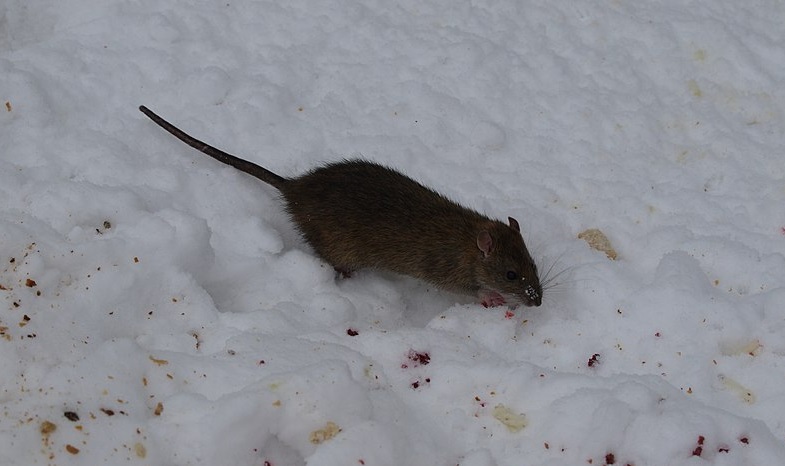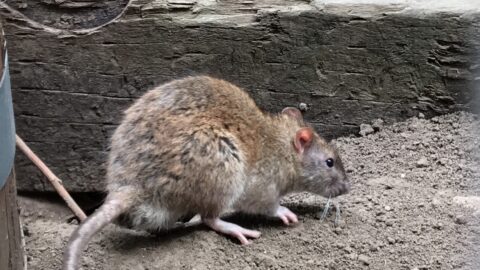There are a few key reasons why rodent infestations often spike after a snow storm starts to thaw:
- Loss of shelter – Rodents build nests and burrows outside that can get flooded or collapse when snow melts rapidly. This forces them to seek shelter elsewhere, like inside homes.
- Loss of outdoor food sources – Snow cover can make it harder for rodents to find food outside. As the snow thaws, they go looking for new food sources and can turn to homes and garbage cans.
- Warmth – Melting snow makes outside temperatures fluctuate greatly. Rodents seek the warmth and stability of indoor spaces.
- Increased thirst – Snowmelt leads to a lot of standing water outdoors. But rodents prefer drinking fresh water sources, like from leaky indoor pipes.
- Scent trails – Rat and mice paths/trails outside can get obscured by snow. As it melts, their scent trails to and from homes become exposed again making it easier to follow them.
- Seasonal behavior – Some rodents are more active in spring as breeding season begins. This leads to more bold exploration and efforts to find shelter and food.
So in summary, the thawing and instability following snowstorms leaves rodents displaced and desperate. This drives them indoors where food, water, warmth and shelter are reliable. Being aware of these factors and taking preventative measures can help limit infestations during this high-risk time. For a list of rodent prevention methods, see our other post here.




